Search Result
Results for "
beans
" in MedChemExpress (MCE) Product Catalog:
4
Biochemical Assay Reagents
11
Isotope-Labeled Compounds
| Cat. No. |
Product Name |
Target |
Research Areas |
Chemical Structure |
-
- HY-125923
-
|
|
Others
|
Metabolic Disease
|
|
Djenkolic acid is a sulfur-containing non-protein amino acid naturally found in the djenkol beans of the Southeast Asian plant Archidendron jiringa. Djenkolic Acid often causes renal injury, including hypersensitivity to or a direct toxic effect of a djenkol bean metabolite, resulting in acute kidney injury and/or urinary tract obstruction by djenkolic acid crystals, sludge, and/or possible ureteral spasms .
|
-
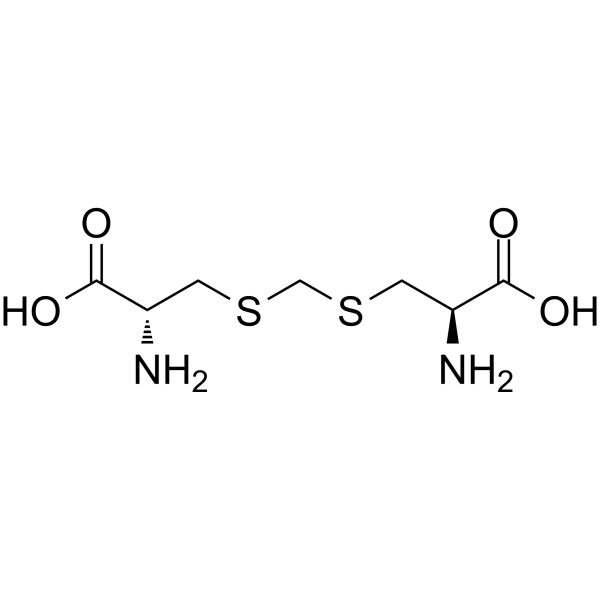
-
- HY-W012185A
-
-
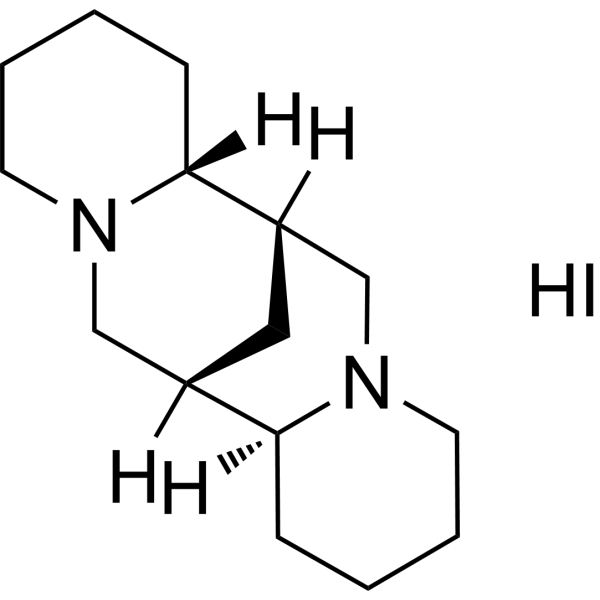
-
- HY-116056
-
|
|
Others
|
Others
|
|
16-O-Methylcafestol is a derivative of cafestol that can be isolated from green coffee beans .
|
-
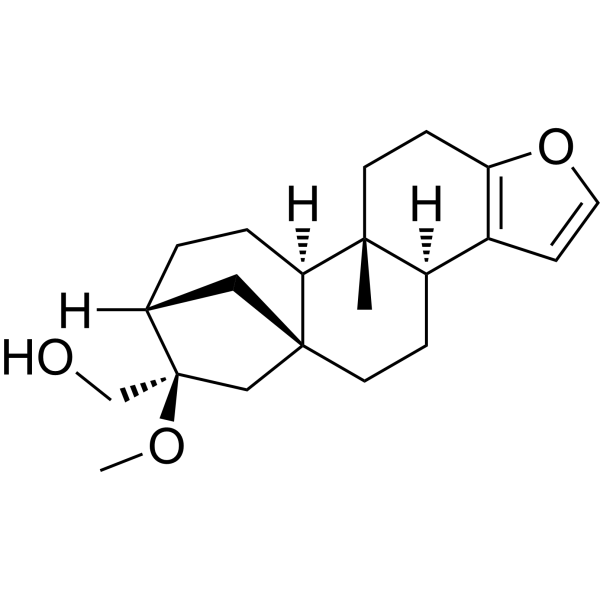
-
- HY-N2736
-
|
|
Others
|
Others
|
|
3′,4′,7-Trihydroxyflavone is a flavonoid aglycon compound isolated from broad bean pods .
|
-
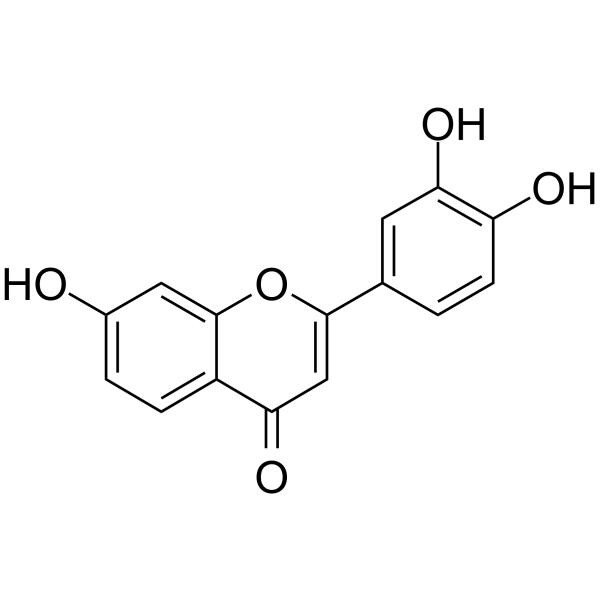
-
- HY-115939
-
|
|
Bacterial
|
Infection
|
|
Urease-IN-2 (compound 8g) is a non-competitive urease inhibitor with an IC50 of 0.94 μM and a Ki of 1.6 μM. Urease-IN-2 inhibits the Jack bean urease (JBU) in a non-competitive manner .
|
-
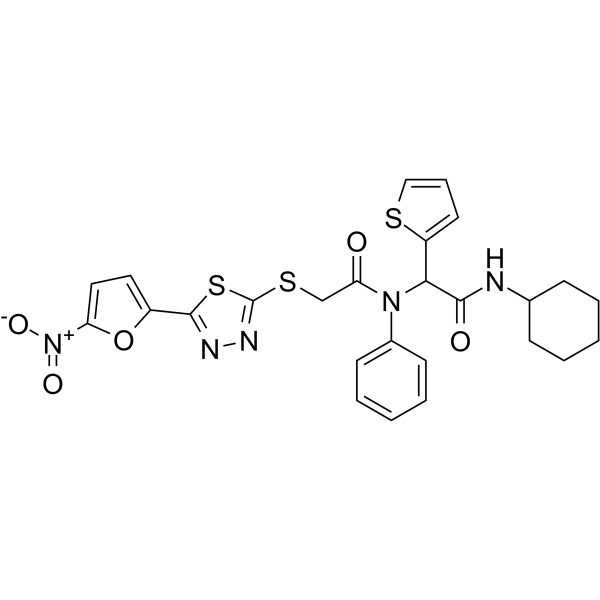
-
- HY-149775
-
|
|
Bacterial
|
Infection
|
|
Urease-IN-10 (Conjugate 4) is a competitive Urease inhibitor, with an IC50 of 3.59±0.07 μM and a Ki of 7.45 μM. Urease-IN-10 is a conjugate consisting of Diclofenac (HY-15036) and Sulfanilamide (HY-B0242). Diclofenac-sulfanilamide inhibits the Jack bean urease(JBU) in a competitive manner .
|
-

-
- HY-P2149
-
|
|
Antibiotic
Apoptosis
|
Infection
Inflammation/Immunology
Cancer
|
|
Concanavalin A is a Ca 2+/Mn 2+-dependent and mannose/glucose-binding plant lectin that can be found in jack bean. Concanavalin A can induce programmed cell death. Concanavalin A can be used to induce acute hepatic injury .
|
-

-
- HY-W001663
-
|
|
Bacterial
|
Infection
|
|
4'-Hydroxy-3'-methylacetophenone, a phenolic volatile compound, is isolated from Hawaiian green coffee beans (Coffea Arabica L.). 4'-Hydroxy-3'-methylacetophenone has potent antioxidant activities. 4'-Hydroxy-3'-methylacetophenone also can be used to synthesize heterocyclic compounds which have antimycobacterial activity .
|
-
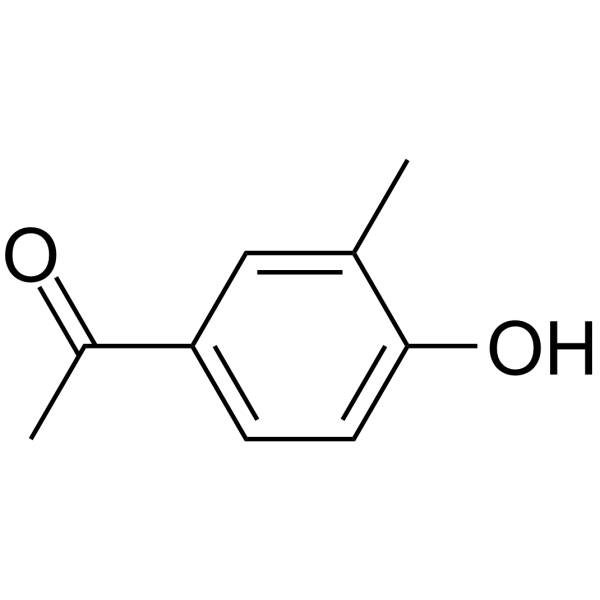
-
- HY-P2767
-
|
|
Bacterial
|
Others
|
|
Urease, Jack bean is derived from jack bean and Catalyzes hydrolysis of urea to carbon dioxide and ammonia. Urease, Jack bean is useful in the determination of urea in body fluids.
|
-

-
- HY-RS01462
-
|
|
Small Interfering RNA (siRNA)
|
Others
|
|
BEAN1 Human Pre-designed siRNA Set A contains three designed siRNAs for BEAN1 gene (Human), as well as a negative control, a positive control, and a FAM-labeled negative control.
|
-
BEAN1 Human Pre-designed siRNA Set A
BEAN1 Human Pre-designed siRNA Set A
-
- HY-W012185
-
|
(-)-Lupinidine
|
Others
|
Others
|
|
(-)-Sparteine is a natural alkaloid isolated from beans.
|
-
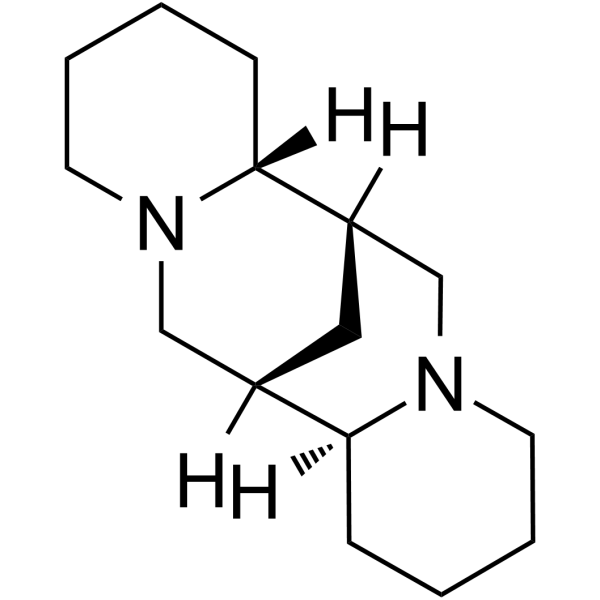
-
- HY-135738
-
|
|
Others
|
Others
|
|
Convicine is a pyrimidine glycoside. Convicine, as well as Vicine, is the precursor of the aglycones Divicine and Isouramil. Convicine is the main factors of favism, which is a genetic condition leading to severe hemolysis after faba bean ingestion. Convicine can be isolated from the faba bean .
|
-

-
- HY-N2093
-
Vicine
1 Publications Verification
|
Others
|
Metabolic Disease
|
|
Vicine, an alkaloid glycoside found mainly in fava beans, is toxic in individuals and may cause haemolytic anaemia .
|
-

-
- HY-N0138
-
-
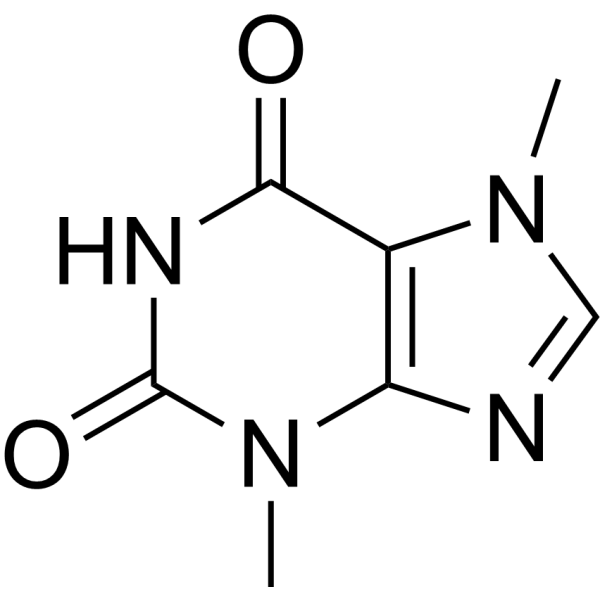
-
- HY-N12272
-
|
Acetyl-soyasaponin A2
|
Others
|
Others
|
|
Soyasaponin Af (Acetyl-soyasaponin A2) is a saponin isolated from Black bean (Phaseolus vulgaris L.) seed coats .
|
-
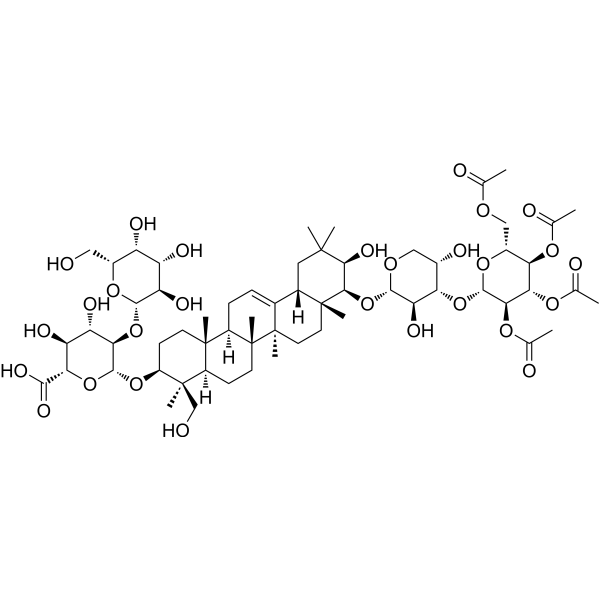
-
- HY-N0098
-
|
p-Vanillin; m-Methoxy-p-hydroxybenzaldehyde; p-Hydroxy-m-methoxybenzaldehyde
|
Endogenous Metabolite
|
Others
|
|
Vanillin (p-Vanillin) is a single molecule extracted from vanilla beans and also a popular odor used widely in perfume, food and medicine.
|
-
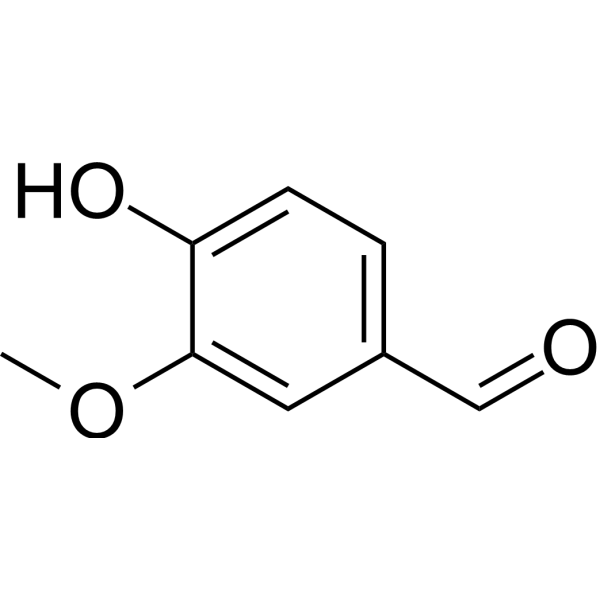
-
- HY-N1470
-
|
|
|
|
|
Plantagoside, isolated from the seeds of Plantago asiatica, is a specific and non-competitive inhibitor for jack bean α-mannosidase, with an IC50 of 5 μM .
|
-
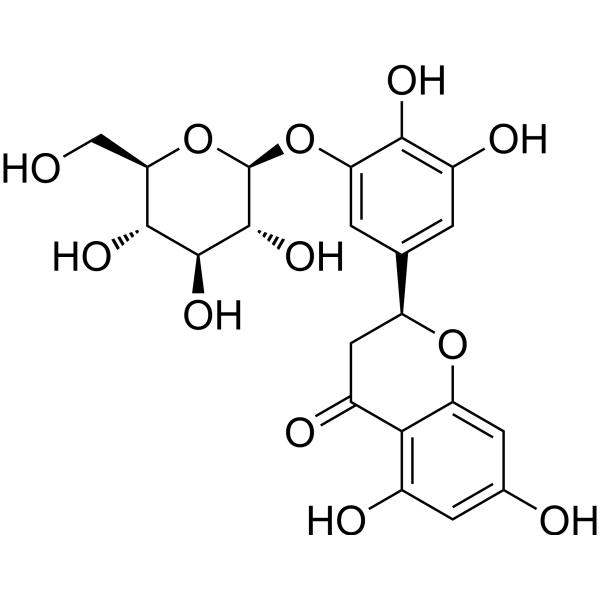
-
- HY-B2039
-
|
|
|
|
|
Bentazone is a post-emergence herbicide used for selective control of broadleaf weeds and sedges in beans, rice, corn, peanuts, mint and others. It acts by interfering with photosynthesis .
|
-
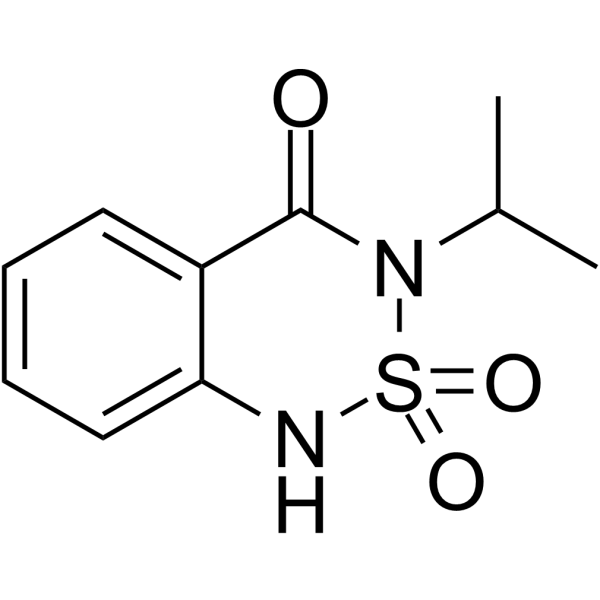
-
- HY-W010451
-
|
|
Calcium Channel
|
Cardiovascular Disease
|
|
1,2,4-Trihydroxybenzene (Hydroxyhydroquinone), a by-product of coffee bean roasting, increases intracellular Ca 2+ concentration in rat thymic lymphocytes .
|
-
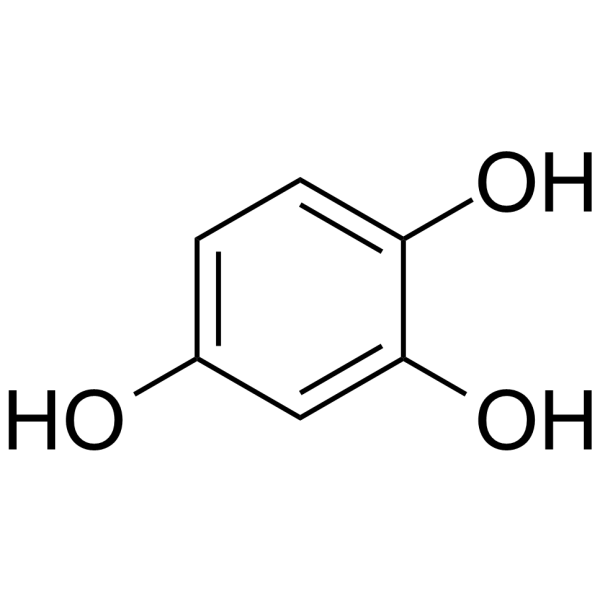
-
- HY-N3087
-
|
|
Others
|
Others
|
|
Phaseollin is an isoflavonoid phytoalexin that can be isolated from Phaseolus vulgaris . Phaseollin is toxic to bean hypocotyl and endocarp cells, and causes a complete lysis of sheep erythrocytes .
|
-
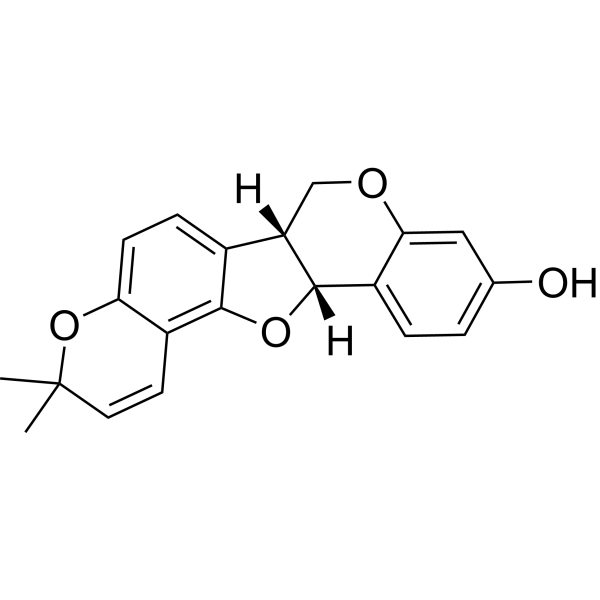
-
- HY-W012998S
-
|
|
Isotope-Labeled Compounds
|
Others
|
|
2,3-Pentanedione-d5 is the deuterium labeled 2,3-Pentanedione[1]. 2,3-Pentanedione is a common constituent of synthetic flavorings and is used to impart a butter, strawberry, caramel, fruit, rum, or cheese flavor in beverages, ice cream, candy, baked goods, gelatins, and puddings. 2,3-Pentanedione also occurs naturally as a fermentation product in beer, wine, and yogurt and is releasedduring roasting of coffee beans[2].
|
-
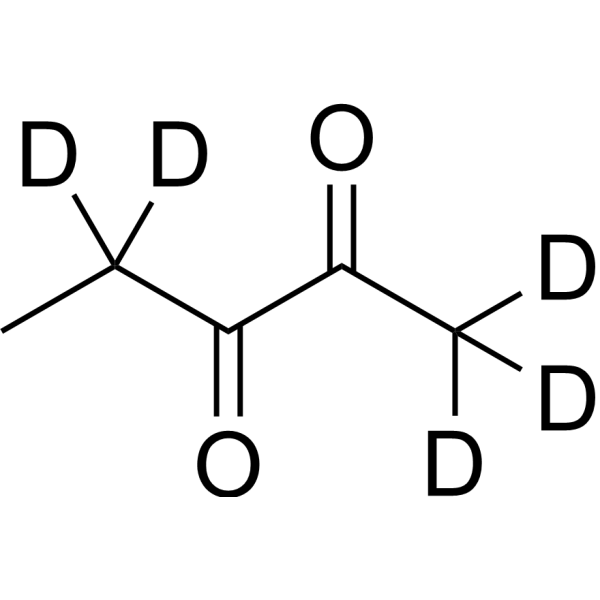
-
- HY-W040141
-
|
|
Endogenous Metabolite
|
Metabolic Disease
|
|
L-Arabinitol is a potential biomarker for the comsuption of the food products such as sweet potato, deerberry, moth bean, and is also associated with Alzheimer's disease and ribose-5-phosphate isomerase deficiency.
|
-
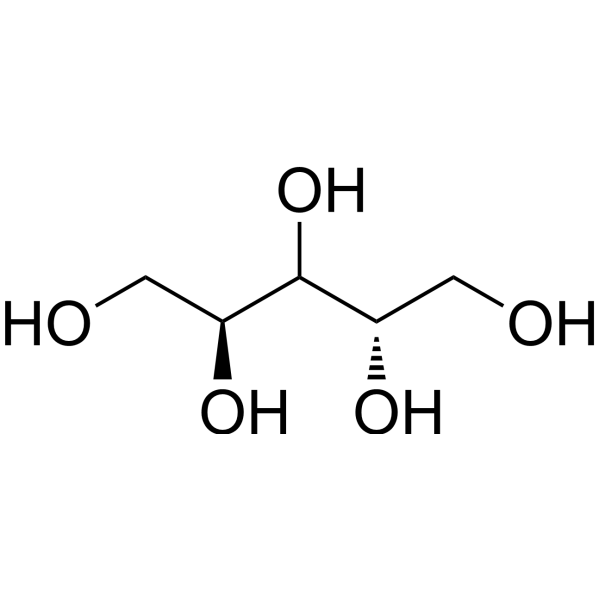
-
- HY-N0138S
-
-
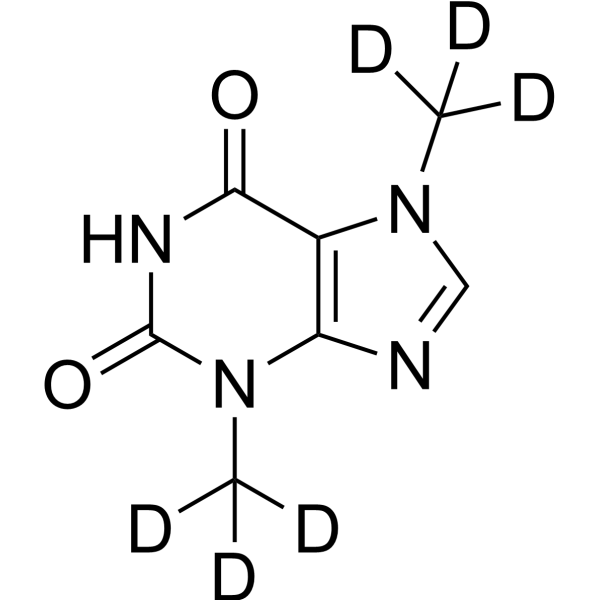
-
- HY-N0138S1
-
-
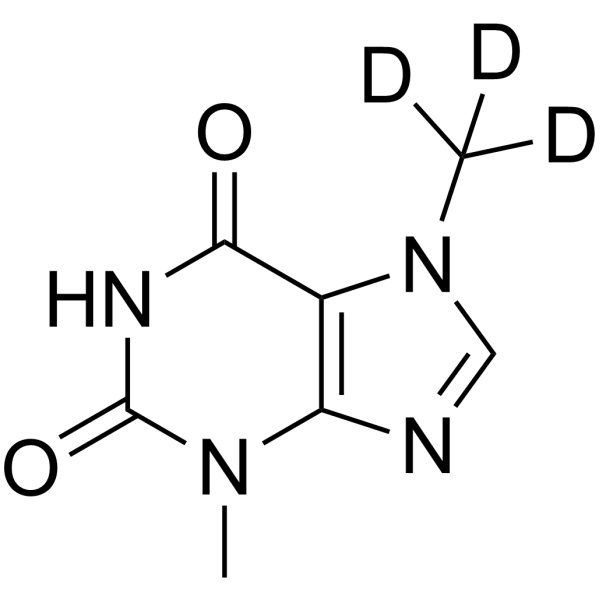
-
- HY-W250146
-
|
|
Biochemical Assay Reagents
|
Others
|
|
Locust bean gum is a natural polysaccharide derived from the seeds of the carob tree. It is commonly used as a thickening, stabilizing and gelling agent in a variety of foods, including dairy, baked goods and meat products. Locust bean gum has several properties suitable for these applications, including high water retention capacity, ability to form stable gels at low temperatures, and resistance to acidic conditions. Additionally, it can be used as a dietary fiber supplement due to its potential health benefits, including improving digestion and lowering cholesterol levels.
|
-
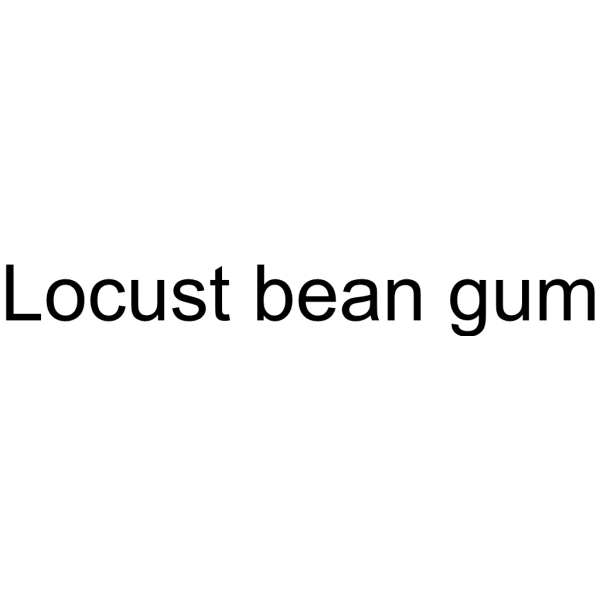
-
- HY-N0098R
-
|
p-Vanillin (Standard); m-Methoxy-p-hydroxybenzaldehyde (Standard); p-Hydroxy-m-methoxybenzaldehyde (Standard)
|
Endogenous Metabolite
|
Others
|
|
Vanillin (Standard) is the analytical standard of Vanillin. This product is intended for research and analytical applications. Vanillin (p-Vanillin) is a single molecule extracted from vanilla beans and also a popular odor used widely in perfume, food and medicine.
|
-
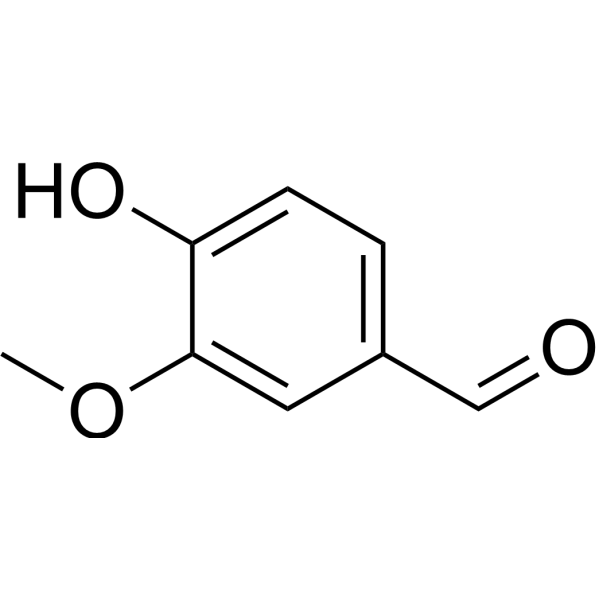
-
- HY-N0098S3
-
|
|
Endogenous Metabolite
|
Others
|
|
Vanillin- 13C is the 13C labeled Vanillin[1]. Vanillin (p-Vanillin) is a single molecule extracted from vanilla beans and also a popular odor used widely in perfume, food and medicine[2][3].
|
-
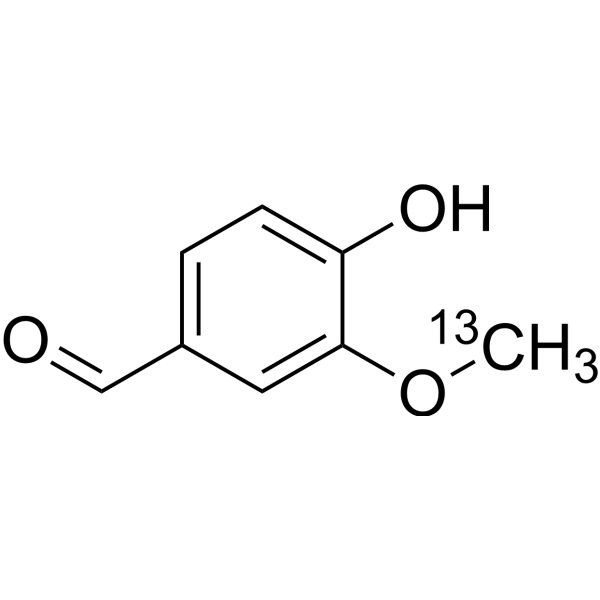
-
- HY-N4241
-
|
|
Others
|
Others
|
|
Kauran-18-oic acid, 16,17,19-trihydroxy-, (4α)- (compound 5) is a endogenous ent-kaurane diterpene compound in green coffee beans, providing direct chemical indicators of low-quality coffee .
|
-
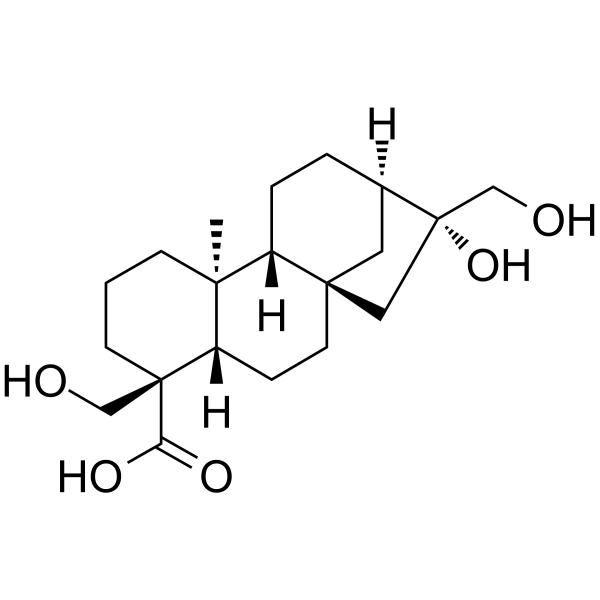
-
- HY-B2039S1
-
|
|
Isotope-Labeled Compounds
|
Others
|
|
Bentazone-d7 is the deuterium labeled Bentazone[1]. Bentazone is a post-emergence herbicide used for selective control of broadleaf weeds and sedges in beans, rice, corn, peanuts, mint and others. It acts by interfering with photosynthesis[2].
|
-
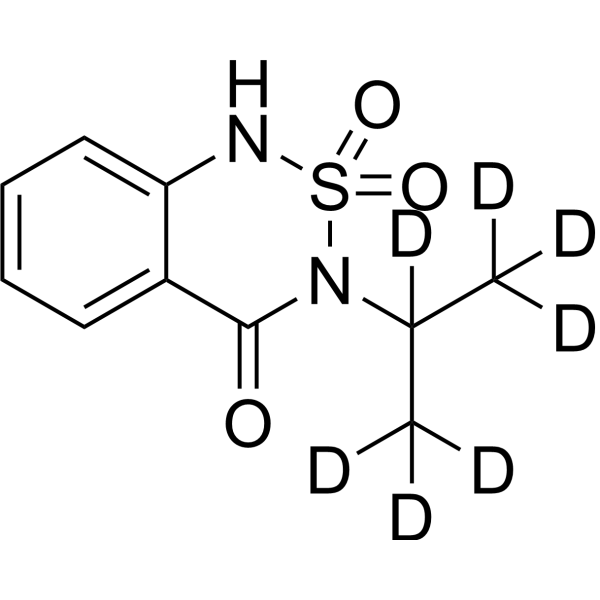
-
- HY-N0098S2
-
|
p-Vanillin-13C6; m-Methoxy-p-hydroxybenzaldehyde-13C6; p-Hydroxy-m-methoxybenzaldehyde-13C6
|
Endogenous Metabolite
|
Others
|
|
Vanillin- 13C6 is the 13C labeled Vanillin[1]. Vanillin (p-Vanillin) is a single molecule extracted from vanilla beans and also a popular odor used widely in perfume, food and medicine[2][3].
|
-
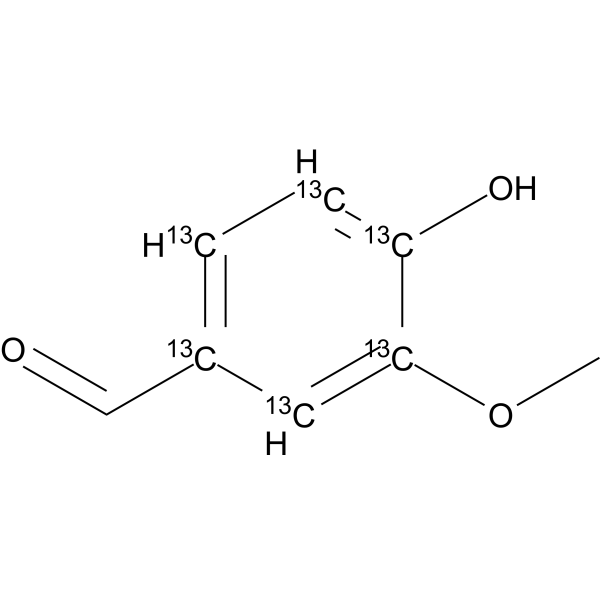
-
- HY-N7038
-
|
PHA-M
|
Others
|
Inflammation/Immunology
|
|
Phytohemagglutinin (PHA-M), the major seed lectin of the common bean, Phaseolus vulgaris, accumulates in the parenchyma cells of the cotyledons. Phytohemagglutinin is a T-cell activator. Stimulation of human mononuclear leukocytes by Phytohemagglutinin induces the expression of ChAT mRNA, and potentiated ACh synthesis .
|
-

-
- HY-N0098S1
-
|
|
Endogenous Metabolite
|
Others
|
|
4- Hydroxy- 3- methoxy benzaldehyde- d3 is the deuterium labeled Vanillin[1]. Vanillin (p-Vanillin) is a single molecule extracted from vanilla beans and also a popular odor used widely in perfume, food and medicine[2][3].
|
-
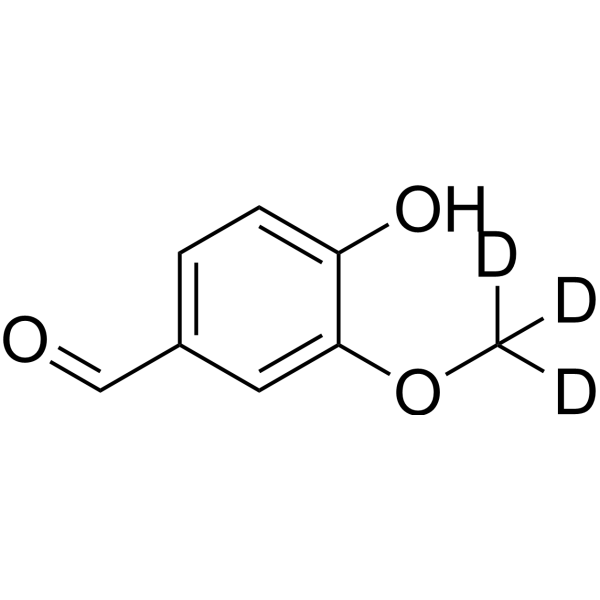
-
- HY-N3864
-
|
|
Others
|
Others
|
|
Erythro-Guaiacylglycerol beta-coniferyl ether (compound 22) can be isolated from the stems and leaves of mung beans. Erythro-Guaiacylglycerol beta-coniferyl ether inhibits α-Glycosidase activity with EC50 value of 18.71 μM .
|
-
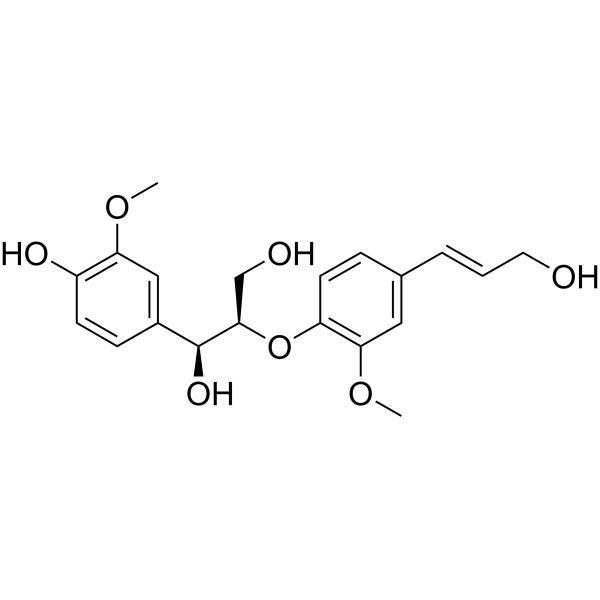
-
- HY-N0098S
-
|
p-Vanillin-13C,d3; m-Methoxy-p-hydroxybenzaldehyde-13C,d3; p-Hydroxy-m-methoxybenzaldehyde-13C,d3
|
Endogenous Metabolite
|
Others
|
|
Vanillin- 13C,d3 is the 13C and deuterium labeled Vanillin[1]. Vanillin (p-Vanillin) is a single molecule extracted from vanilla beans and also a popular odor used widely in perfume, food and medicine[2][3].
|
-

-
- HY-B2039S
-
|
|
Isotope-Labeled Compounds
|
Others
|
|
Bentazone- 13C10, 15N is the 13C-labeled and 15N-labeled Bentazone. Bentazone is a post-emergence herbicide used for selective control of broadleaf weeds and sedges in beans, rice, corn, peanuts, mint and others. It acts by interfering with photosynthesis[1].
|
-
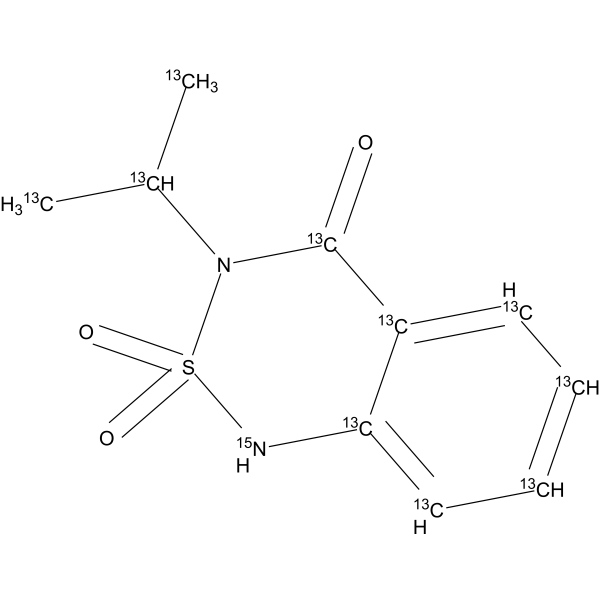
-
- HY-148921
-
|
|
Fungal
|
Infection
|
|
SDH-IN-2 is a potent succinate dehydrogenase (SDH) inhibitor with an IC50 of 0.55 μg/mL. SDH-IN-2 is also an antifungal agent. SDH-IN-2 inhibits phytopathogenic fungia with average EC50 values of 3.82-9.81 μg/mL for all the fungi . SDH-IN-2 is a click chemistry reagent, it contains an Alkyne group and can undergo copper-catalyzed azide-alkyne cycloaddition (CuAAc) with molecules containing Azide groups.
|
-

-
- HY-N2022
-
|
|
Glucosidase
|
Inflammation/Immunology
Cancer
|
|
Castanospermine is a natural alkaloid that can be extracted from black beans or the Moreton Bay chestnut tree (Castanospermum australae). Castanospermine is an α/ β-glucosidase inhibitor. Castanospermine has anti-inflammatory, antiviral replication and anti-metastatic effects on prostate cancer. Castanospermine can be used as an immunosuppressant to prevent transplant rejection .
|
-
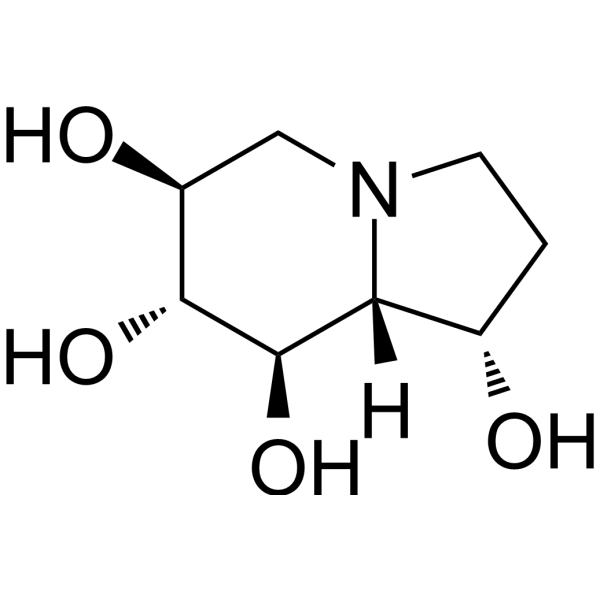
-
- HY-W012998
-
|
|
Others
|
Others
|
|
2,3-Pentanedione is a common constituent of synthetic flavorings and is used to impart a butter, strawberry, caramel, fruit, rum, or cheese flavor in beverages, ice cream, candy, baked goods, gelatins, and puddings. 2,3-Pentanedione also occurs naturally as a fermentation product in beer, wine, and yogurt and is releasedduring roasting of coffee beans .
|
-

-
- HY-N9746
-
|
|
Parasite
|
Infection
|
|
(R)-4-Methoxydalbergione is a urease inhibitor with IC50s of 59.72 and 67.33 μM for Bacillus pasteurii urease and Jack bean urease. (R)-4-Methoxydalbergione also has antiplasmodial activity. (R)-4-Methoxydalbergione can be isolated from Ranunculus repens .
|
-

-
- HY-30152
-
-
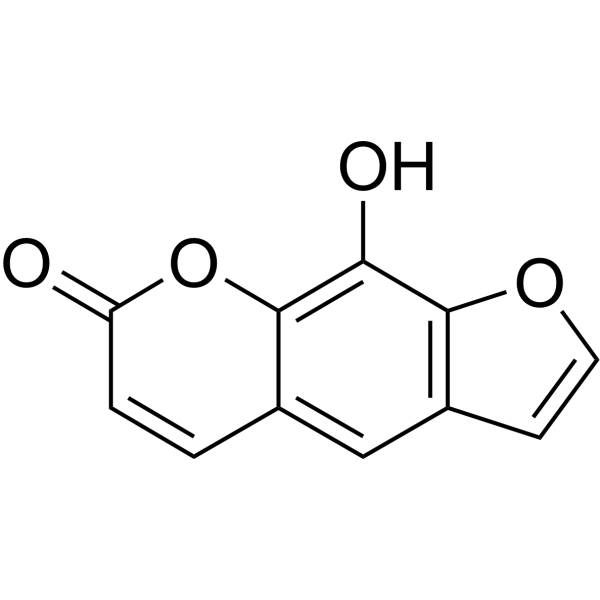
-
- HY-N6745S
-
|
|
Na+/K+ ATPase
Apoptosis
Isotope-Labeled Compounds
|
Infection
|
|
Citreoviridin- 13C23 is 13C labeled 2,3-Pentanedione (HY-W012998). 2,3-Pentanedione is a common constituent of synthetic flavorings and is used to impart a butter, strawberry, caramel, fruit, rum, or cheese flavor in beverages, ice cream, candy, baked goods, gelatins, and puddings. 2,3-Pentanedione also occurs naturally as a fermentation product in beer, wine, and yogurt and is releasedduring roasting of coffee beans .
|
-
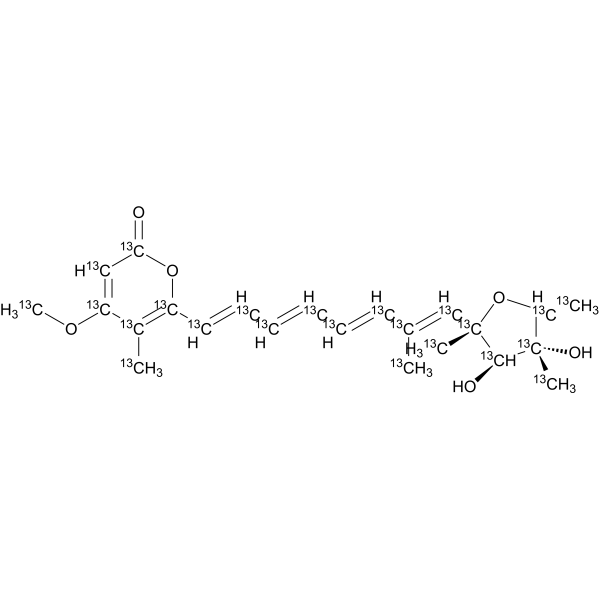
-
- HY-W050154S
-
|
|
Parasite
Isotope-Labeled Compounds
|
Infection
|
|
Kojic acid- 13C6 is 13C labeled 2,3-Pentanedione (HY-W012998). 2,3-Pentanedione is a common constituent of synthetic flavorings and is used to impart a butter, strawberry, caramel, fruit, rum, or cheese flavor in beverages, ice cream, candy, baked goods, gelatins, and puddings. 2,3-Pentanedione also occurs naturally as a fermentation product in beer, wine, and yogurt and is releasedduring roasting of coffee beans .
|
-
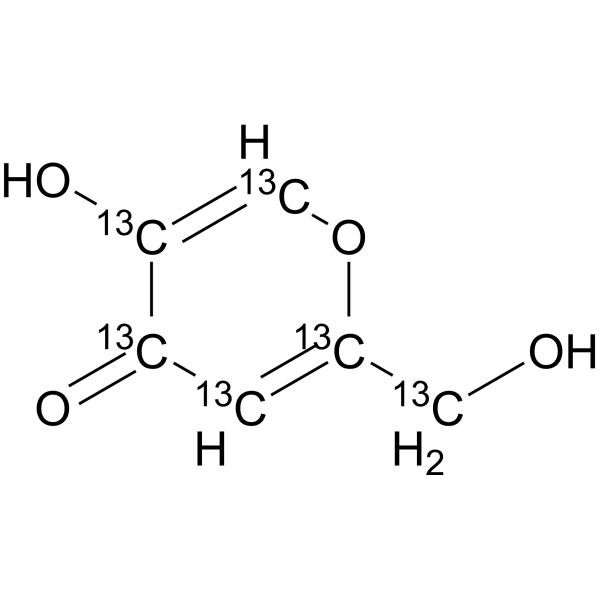
-
- HY-W093282
-
|
Soybean oil epoxide
|
Biochemical Assay Reagents
|
Others
|
|
Epoxidized soya bean oil (ESBO) is a vegetable oil-derived organic compound used as a plasticizer and stabilizer in various applications. It is produced by epoxidation of soybean oil, which introduces epoxy groups into the fatty acid chains of the oil. ESBO is a viscous, pale yellow liquid that is soluble in many organic solvents, such as chloroform and ethanol, but insoluble in water. It is commonly used as a plasticizer in polyvinyl chloride (PVC) products, including toys, food packaging materials and medical devices. In addition to its plasticizing properties, ESBO acts as an antioxidant and UV stabilizer, helping to prevent degradation and discoloration of PVC products over time. ESBOs have been investigated for their potential use in biodegradable plastics and as bio-based alternatives to traditional petroleum-derived plasticizers.
|
-

| Cat. No. |
Product Name |
Type |
-
- HY-P2149
-
|
|
Native Proteins
|
|
Concanavalin A is a Ca 2+/Mn 2+-dependent and mannose/glucose-binding plant lectin that can be found in jack bean. Concanavalin A can induce programmed cell death. Concanavalin A can be used to induce acute hepatic injury .
|
-
- HY-W093282
-
|
Soybean oil epoxide
|
Biochemical Assay Reagents
|
|
Epoxidized soya bean oil (ESBO) is a vegetable oil-derived organic compound used as a plasticizer and stabilizer in various applications. It is produced by epoxidation of soybean oil, which introduces epoxy groups into the fatty acid chains of the oil. ESBO is a viscous, pale yellow liquid that is soluble in many organic solvents, such as chloroform and ethanol, but insoluble in water. It is commonly used as a plasticizer in polyvinyl chloride (PVC) products, including toys, food packaging materials and medical devices. In addition to its plasticizing properties, ESBO acts as an antioxidant and UV stabilizer, helping to prevent degradation and discoloration of PVC products over time. ESBOs have been investigated for their potential use in biodegradable plastics and as bio-based alternatives to traditional petroleum-derived plasticizers.
|
-
- HY-W250146
-
|
|
Biochemical Assay Reagents
|
|
Locust bean gum is a natural polysaccharide derived from the seeds of the carob tree. It is commonly used as a thickening, stabilizing and gelling agent in a variety of foods, including dairy, baked goods and meat products. Locust bean gum has several properties suitable for these applications, including high water retention capacity, ability to form stable gels at low temperatures, and resistance to acidic conditions. Additionally, it can be used as a dietary fiber supplement due to its potential health benefits, including improving digestion and lowering cholesterol levels.
|
-
- HY-P2149A
-
|
|
Native Proteins
|
|
Concanavalin A (agarose) consists of Concanavalin A (HY-P2149) coupled to agarose. Concanavalin A is a tetrameric metalloprotein lectin isolated from Canavalia ensiformis (jack bean). Concanavalin A (agarose) is used for the purification of glycoproteins, polysaccharides and glycolipids as it binds molecules containing α-D-mannopyranosyl, α-D-glucopyranosyl and sterically related residues. Concanavalin A (agarose) has also be used in other application areas including purification of enzyme-antibody conjugates, purification of IgM and separation of membrane vesicles .
|
| Cat. No. |
Product Name |
Category |
Target |
Chemical Structure |
-
- HY-125923
-
-

-
- HY-W001663
-
-

-
- HY-W012185
-
-

-
- HY-116056
-
-

-
- HY-N2736
-
-

-
- HY-135738
-
-

-
- HY-N2093
-
-

-
- HY-N0138
-
-

-
- HY-N12272
-
-

-
- HY-N0098
-
-

-
- HY-W010451
-
-

-
- HY-N3087
-
-

-
- HY-W040141
-
-

-
- HY-N0098R
-
-

-
- HY-N4241
-
-

-
- HY-N7038
-
-

-
- HY-N3864
-
-

-
- HY-N2022
-
-

-
- HY-W012998
-
|
|
other families
Microorganisms
Classification of Application Fields
Ketones, Aldehydes, Acids
Source classification
Other Diseases
Plants
Disease Research Fields
|
Others
|
|
2,3-Pentanedione is a common constituent of synthetic flavorings and is used to impart a butter, strawberry, caramel, fruit, rum, or cheese flavor in beverages, ice cream, candy, baked goods, gelatins, and puddings. 2,3-Pentanedione also occurs naturally as a fermentation product in beer, wine, and yogurt and is releasedduring roasting of coffee beans .
|
-

-
- HY-N9746
-
-

-
- HY-30152
-
-

| Cat. No. |
Product Name |
Chemical Structure |
-
- HY-N0138S
-
|
|
|
Theobromine-d6 is the deuterium labeled Theobromine. Theobromine is a methylxanthine found in cacao beans which can inhibit adenosine receptor A1 (AR1) signaling.
|
-

-
- HY-N0138S1
-
|
|
|
Theobromine-d3 is the deuterium labeled Theobromine. Theobromine is a methylxanthine found in cacao beans which can inhibit adenosine receptor A1 (AR1) signaling.
|
-

-
- HY-W012998S
-
|
|
|
2,3-Pentanedione-d5 is the deuterium labeled 2,3-Pentanedione[1]. 2,3-Pentanedione is a common constituent of synthetic flavorings and is used to impart a butter, strawberry, caramel, fruit, rum, or cheese flavor in beverages, ice cream, candy, baked goods, gelatins, and puddings. 2,3-Pentanedione also occurs naturally as a fermentation product in beer, wine, and yogurt and is releasedduring roasting of coffee beans[2].
|
-

-
- HY-N0098S3
-
|
|
|
Vanillin- 13C is the 13C labeled Vanillin[1]. Vanillin (p-Vanillin) is a single molecule extracted from vanilla beans and also a popular odor used widely in perfume, food and medicine[2][3].
|
-

-
- HY-B2039S1
-
|
|
|
Bentazone-d7 is the deuterium labeled Bentazone[1]. Bentazone is a post-emergence herbicide used for selective control of broadleaf weeds and sedges in beans, rice, corn, peanuts, mint and others. It acts by interfering with photosynthesis[2].
|
-

-
- HY-N0098S2
-
|
|
|
Vanillin- 13C6 is the 13C labeled Vanillin[1]. Vanillin (p-Vanillin) is a single molecule extracted from vanilla beans and also a popular odor used widely in perfume, food and medicine[2][3].
|
-

-
- HY-N0098S1
-
|
|
|
4- Hydroxy- 3- methoxy benzaldehyde- d3 is the deuterium labeled Vanillin[1]. Vanillin (p-Vanillin) is a single molecule extracted from vanilla beans and also a popular odor used widely in perfume, food and medicine[2][3].
|
-

-
- HY-N0098S
-
|
|
|
Vanillin- 13C,d3 is the 13C and deuterium labeled Vanillin[1]. Vanillin (p-Vanillin) is a single molecule extracted from vanilla beans and also a popular odor used widely in perfume, food and medicine[2][3].
|
-

-
- HY-B2039S
-
|
|
|
Bentazone- 13C10, 15N is the 13C-labeled and 15N-labeled Bentazone. Bentazone is a post-emergence herbicide used for selective control of broadleaf weeds and sedges in beans, rice, corn, peanuts, mint and others. It acts by interfering with photosynthesis[1].
|
-

-
- HY-N6745S
-
|
|
|
Citreoviridin- 13C23 is 13C labeled 2,3-Pentanedione (HY-W012998). 2,3-Pentanedione is a common constituent of synthetic flavorings and is used to impart a butter, strawberry, caramel, fruit, rum, or cheese flavor in beverages, ice cream, candy, baked goods, gelatins, and puddings. 2,3-Pentanedione also occurs naturally as a fermentation product in beer, wine, and yogurt and is releasedduring roasting of coffee beans .
|
-

-
- HY-W050154S
-
|
|
|
Kojic acid- 13C6 is 13C labeled 2,3-Pentanedione (HY-W012998). 2,3-Pentanedione is a common constituent of synthetic flavorings and is used to impart a butter, strawberry, caramel, fruit, rum, or cheese flavor in beverages, ice cream, candy, baked goods, gelatins, and puddings. 2,3-Pentanedione also occurs naturally as a fermentation product in beer, wine, and yogurt and is releasedduring roasting of coffee beans .
|
-

| Cat. No. |
Product Name |
|
Classification |
-
- HY-148921
-
|
|
|
Alkynes
|
|
SDH-IN-2 is a potent succinate dehydrogenase (SDH) inhibitor with an IC50 of 0.55 μg/mL. SDH-IN-2 is also an antifungal agent. SDH-IN-2 inhibits phytopathogenic fungia with average EC50 values of 3.82-9.81 μg/mL for all the fungi . SDH-IN-2 is a click chemistry reagent, it contains an Alkyne group and can undergo copper-catalyzed azide-alkyne cycloaddition (CuAAc) with molecules containing Azide groups.
|
Your information is safe with us. * Required Fields.
Inquiry Information
- Product Name:
- Cat. No.:
- Quantity:
- MCE Japan Authorized Agent:


















































